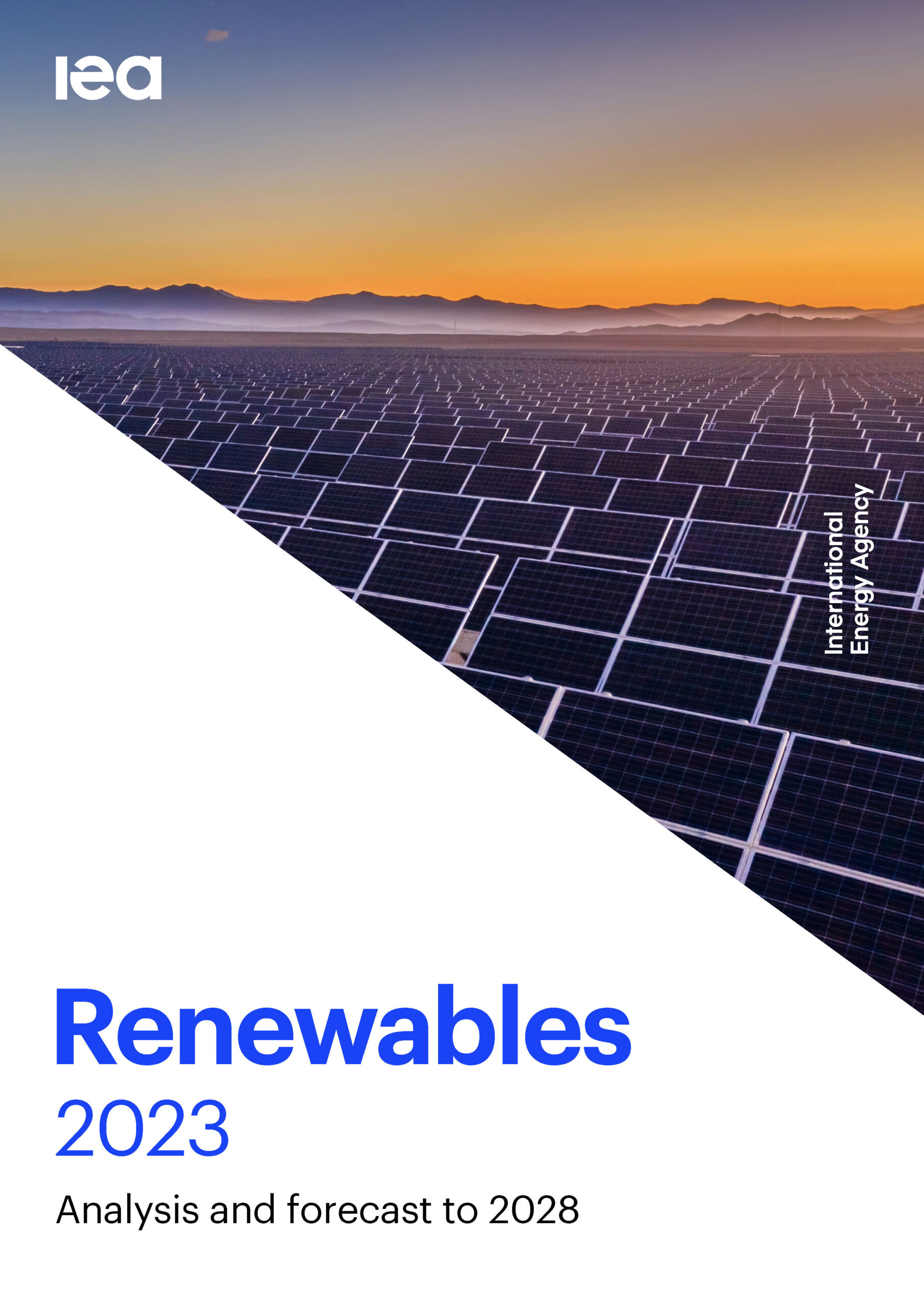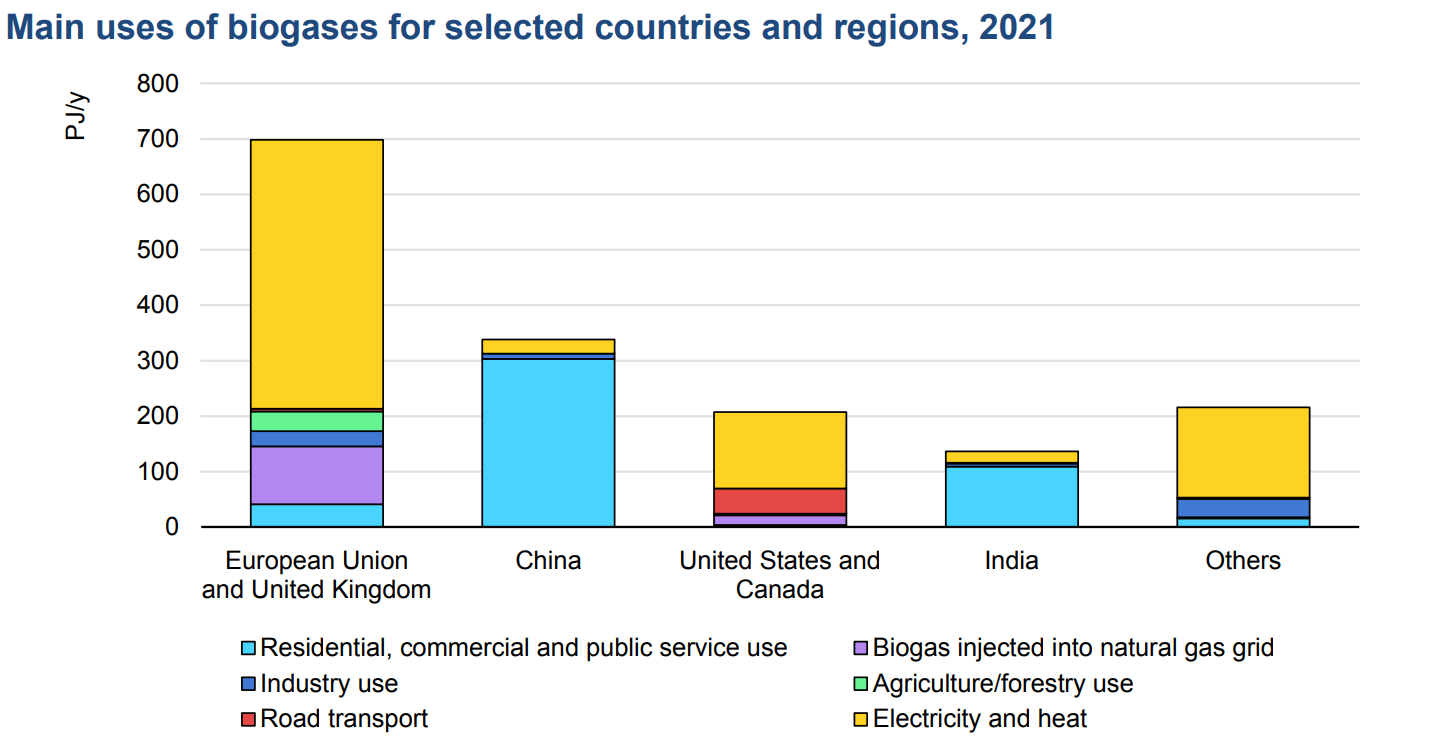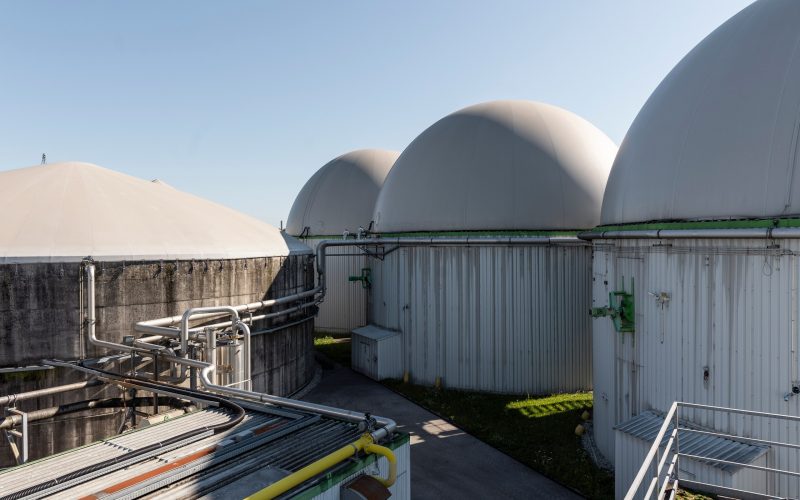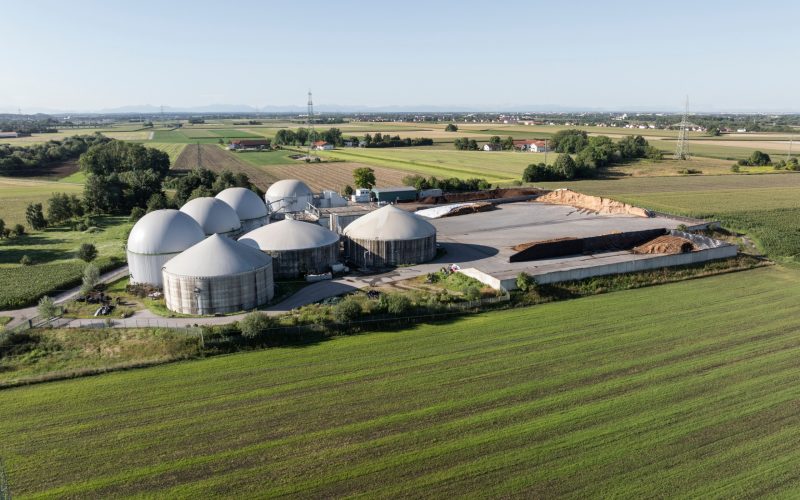IEA on the future of RES: an important report with a forecast until 2028 is now on SAF

The important report on RES, which was presented by the International Energy Agency (IEA) last month.
The IEA report presents a forecast for the deployment of renewable energy technologies in the electricity generation, heat and transport sectors until 2028, and also examines the key challenges of the renewable energy sector and identifies barriers to faster growth. In this report, the IEA for the first time devoted a separate section to biogas and biomethane as the most promising area of bioenergy.
So, currently we are talking about the biogas sector as an undisputed priority of world government policies.
Download the full report on the SAF platform, for which our team is involved in the preparation of materials.
Important facts
Modern bioenergy is the largest source of renewable energy in the world with a share of 55% and more than 6% of the world’s energy supply.
The annual growth of installed electricity capacities from bioenergy over the past 7 years averaged 8.3 GW per year (2016-2022).
More than 2/3 of the global increase in the renewable heat use was in the form of bioenergy (especially in industry) and renewable electricity (mostly in buildings).
The traditional use of biomass is still the main component of bioenergy and all renewable sources, but this way of use that must be transformed into modern approaches to bioenergy.

Conventional non-sustainable biomass use will decrease by 17% (-4.2 EJ) globally during 2023-2028, mainly due to urbanization trends and policy intervention, driven in part by environmental concerns in China and India.
Electric vehicles (EVs) and biofuels have proven to be a powerful, complementary combination to reduce oil demand.
By 2028, biofuels and renewable electricity used in electric vehicles are projected to offset 4 million barrels of oil equivalent per day, more than 7% of projected oil demand for transportation.

The combined global production of biogas and biomethane will reach over 1.6 EJ in 2022, a 17% increase over 2017. Almost half of production is based in Europe, with Germany alone providing almost 20% of global consumption. Another 21% is produced in China, followed by the USA (12%) and India (9%).
Due to energy security issues caused by the russian invasion of Ukraine and the subsequent energy crisis, biogas is now being considered as a domestic energy source that can reduce dependence on natural gas imports and support energy security in many countries.
We thank our expert Oleksandra Tryboi for the analysis and translation of the document.
We remind you that UABIO is a partner of the Sustainable Agribusiness Forum (SAF).
SAF is a communication platform that brings together agribusiness stakeholders and aims to establish strong links between market players and introduce sustainable approaches in agriculture. For this platform, our team prepares verified professional content on the bioenergy sector.


